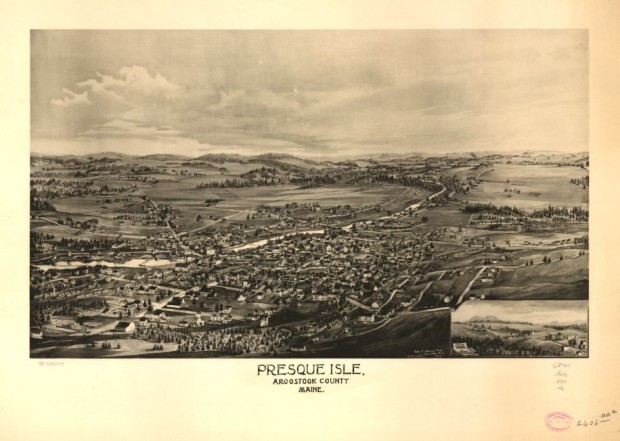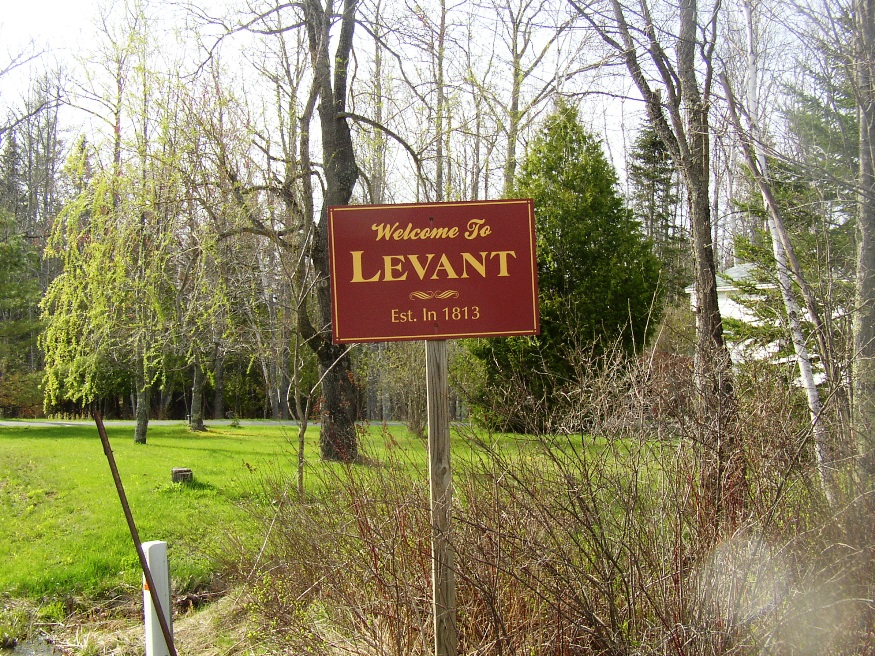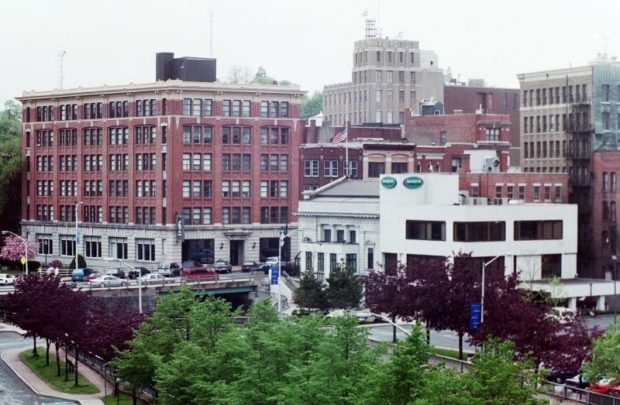Stetson

Just 20 miles northwest of Bangor and adjacent to Newport, the town is a growing, but still rural community. Settled in 1800, it was soon organized as a plantation for election purposes. The post office opened in 1829. In the 1880’s Stetson was home to three sawmills, a grist mill, Stetson Cheese Factory, and a carriage factory.





